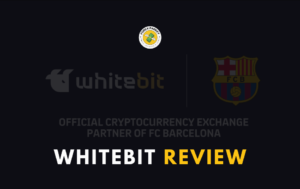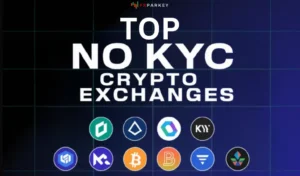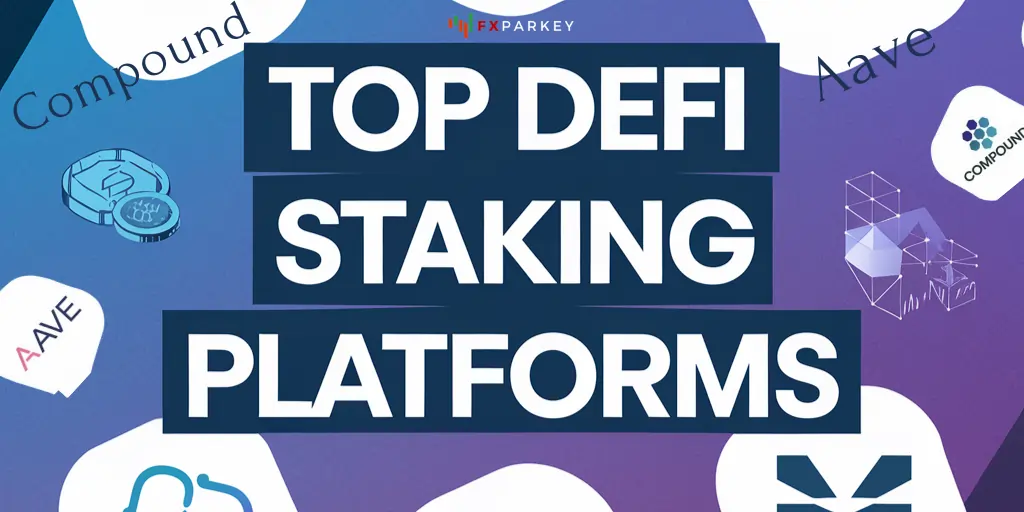
Once a playground for niche crypto enthusiasts, staking has exploded into a cornerstone of modern investing—transforming idle assets into engines of passive income.
By 2025, over $120 billion is stashed in DeFi staking Platforms protocols. That’s not just capital sitting idle—it’s fuel powering blockchain networks, securing transactions, and showering investors with eye-popping returns, some hitting 20%+ annual yields.
The catch? Not all platforms deliver equal value. Some let you stake assets without locking them up, keeping your liquidity intact. Others span dozens of blockchains, letting you diversify across ecosystems effortlessly.
So how do you utilize this gold rush? Start with the essentials.
Below, we break down seven standout DeFi staking platforms dominating 2025. If you prioritize sky-high APY, ironclad security, or flexibility, these contenders redefine what it means to make your crypto work for you.
How DeFi Staking Platforms Works 〉 A Beginner-Friendly Breakdown
DeFi staking Platforms is like putting your crypto to work instead of letting it sit in your wallet doing nothing.
It is a way to earn passive income by locking up your digital assets in blockchain networks that use proof-of-stake (PoS).
Unlike traditional bank savings accounts, where interest rates barely keep up with inflation, DeFi staking Platforms rewards can range from 4% to 20% APY—sometimes even higher.

Here is how it works:
Top of the Line Defi Staking Platforms
| Platform | Min. Investment | Max APY |
|---|---|---|
| Lido | No minimum | 5-7% |
| Aave | Any AAVE amount | 4.63% |
| Uniswap V4 | No minimum | Variable |
| Balancer | No minimum | Variable |
| Rocket Pool | 0.01 ETH | 5-8% |
| Celo | Any CELO amount | 9.5% |
| StakeWise | Any ETH amount | 4.3% |
1. Lido Finance
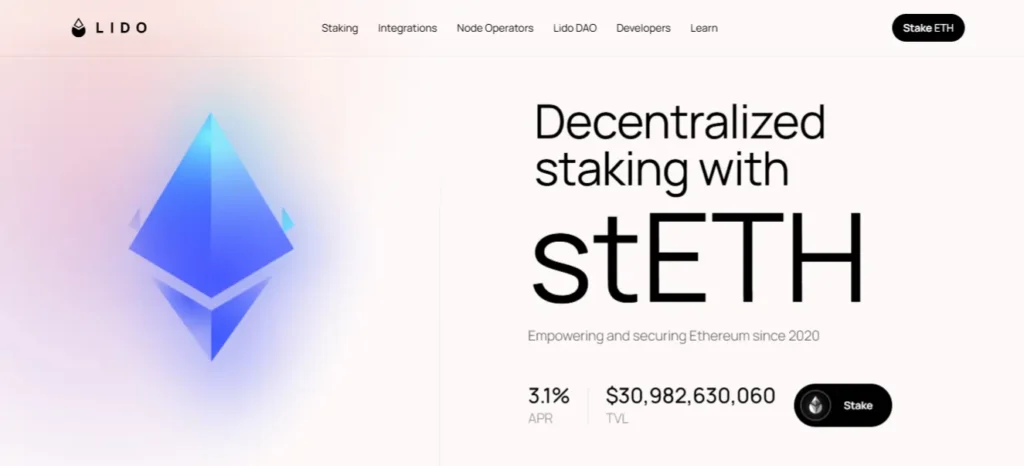
Revolutionizing DeFi staking, Lido Finance stands as the premier liquid staking solution for cryptocurrency investors seeking flexibility and yield optimization. Through its innovative stETH tokenization mechanism, users can stake Ethereum while maintaining complete liquidity for DeFi applications, yield farming, and trading.
The platform's robust validator network ensures maximum security and consistent rewards distribution, while its cross-chain compatibility with Solana and Polygon expands earning opportunities. With real-time APY tracking and zero minimum deposit requirements, Lido democratizes staking for both retail and institutional participants.
Why Lido?
2. Aave
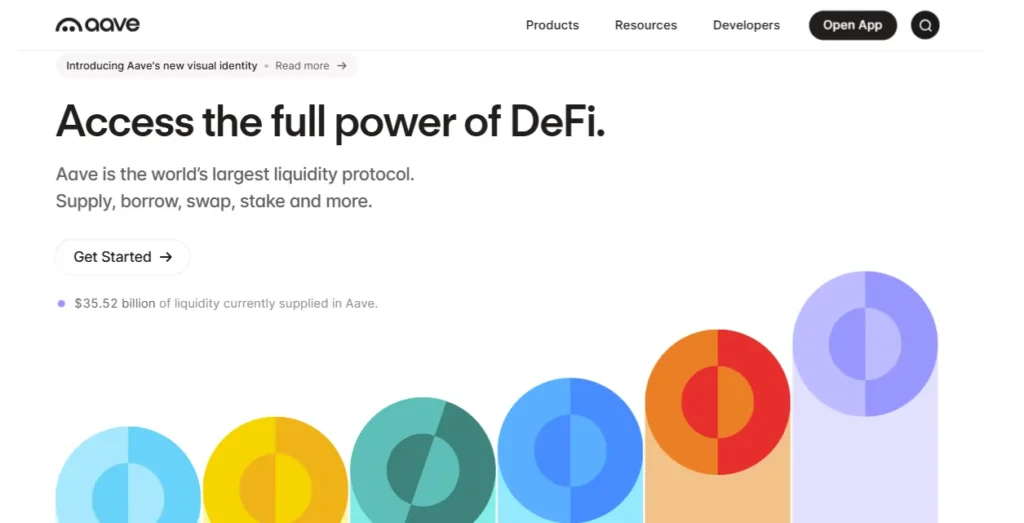
Aave transcends traditional lending protocols by offering a comprehensive staking ecosystem powered by its Safety Module architecture. Stakers can earn an attractive 4.63% base APR while contributing to protocol security through AAVE token staking.
The platform's dual-reward structure combines staking yields with governance rights, enabling participants to earn passive income while shaping protocol development. Advanced risk management features, including automated safety reserves and slashing protection, make Aave a cornerstone of secure DeFi yield generation.
Why Aave?
3. Uniswap V4
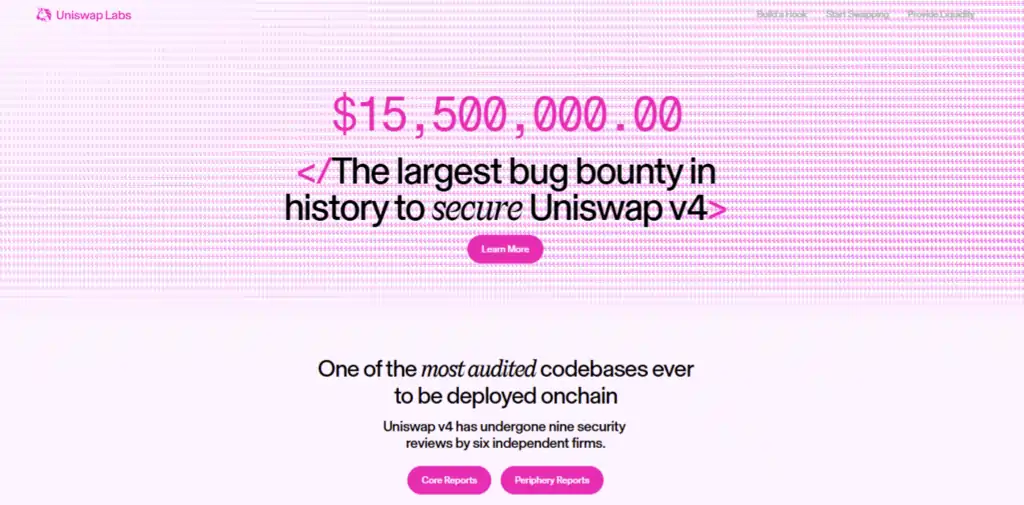
Uniswap V4 revolutionizes decentralized exchange staking through its groundbreaking concentrated liquidity mechanism. This next-generation protocol enables liquidity providers to maximize yields by focusing capital within specific price ranges, dramatically improving capital efficiency.
Smart contract automation ensures continuous fee accumulation from trading activity, while integrated arbitrage protection safeguards staker returns. The platform's non-custodial architecture and instant unstaking capabilities make it ideal for sophisticated yield farmers seeking optimized returns.
Why Uniswap V4?
4. Balancer
Balancer redefines portfolio management in DeFi through its innovative weighted pool technology and yield optimization strategies. Users can stake up to eight different cryptocurrencies in self-balancing pools, earning compound returns through trading fees and BAL token rewards.
The protocol's advanced impermanent loss protection and customizable fee structures provide unparalleled flexibility for passive income generation. Smart order routing and gas optimization ensure cost-effective yield farming across multiple liquidity pools.
Why Balancer?
5. Rocket Pool

Rocket Pool democratizes Ethereum 2.0 staking through its innovative node operator network and minimal entry barriers. With just 0.01 ETH required, investors can participate in ETH2 staking while receiving liquid rETH tokens for additional DeFi opportunities.
The platform's decentralized architecture and automated reward distribution system eliminate technical complexities, while built-in slashing protection ensures capital preservation. Node operators benefit from reduced collateral requirements and transparent performance metrics.
Why Rocket Pool?
6. Celo

Celo transforms mobile devices into powerful staking interfaces, bringing DeFi yields to global audiences through its carbon-negative validation network.
The platform's innovative SMS-based staking mechanism and integration with stablecoins (cUSD/cEUR) enable seamless yield generation with minimal technical barriers. Supporting sustainable blockchain validation, Celo offers competitive APYs up to 9.5% while maintaining ultra-fast transaction finality and cross-chain interoperability.
Why Celo?
7. StakeWise
StakeWise innovates through its unique dual-token architecture, separating staked ETH principal from generated rewards for maximum flexibility. The platform's instant unstaking mechanism via secondary markets eliminates traditional withdrawal delays, while transparent validator metrics ensure optimal performance tracking.
With a competitive 4.3% ETH staking APR and automated reward distribution, StakeWise combines professional-grade features with user-friendly accessibility for seamless Ethereum staking.
Why StakeWise?
Risks and Safety Features in DeFi Staking
Of course, staking is not risk-free. Prices can swing, and some networks have slashing penalties if validators misbehave. But many platforms have built-in protections, like:
DeFi staking is changing how people earn passive income. With high yields, full transparency, and growing security measures, it is becoming a go-to strategy for crypto investors looking to grow their portfolios.
Common Queries Related to DeFi Staking Platforms
What is the Minimum ETH requirement for staking on rocket pool?
Users can stake as little as 0.01 ETH, while node operators need 16 ETH to run a validator.
How does Lido's liquid staking tokenization work?
Lido mints stETH tokens in a 1:1 ratio with staked ETH, allowing users to maintain liquidity while earning rewards.
What APR does Aave's Safety Module offer stakers?
Aave provides a 4.63% base APR plus additional protocol fees through its Safety Module staking mechanism.
How does Uniswap V4's Concentrated Liquidity staking differ from traditional staking?
Users can focus liquidity within specific price ranges to maximize trading fee earnings instead of providing general pool liquidity.
What is the Maximum number of Assets supported in a balancer pool?
Balancer supports up to eight different cryptocurrencies in a single self-balancing pool for diversified yield generation.
What makes Celo's Transaction finality unique?
Celo achieves 1.5-second block finality, enabling near-instant staking rewards and transaction confirmations.
How does StakeWise's Dual-Token system function?
StakeWise separates staked ETH (sETH2) from rewards (rETH2), allowing independent management of principal and earnings.
What's the Highest APY offered among these platforms?
Celo offers up to 9.5% APY while supporting carbon-negative validation through its mobile-first staking platform.
How does Balancer's Impermanent loss protection work?
Balancer uses automated weight adjustments and smart order routing to minimize impermanent loss in multi-token pools.
What Security Feature does Aave's safety module provide?
The Safety Module acts as a backup fund to protect the protocol against unexpected losses and smart contract risks.
Final Is DeFi Staking Platforms Worth It?

DeFi staking Platforms has completely changed the game for crypto investors. Instead of letting your assets sit idle, you can put them to work—earning passive income while helping secure blockchain networks. And with staking yields hitting 4% to 20% APY, it is easy to see why more people are jumping in.
But not all staking platforms are created equal. Some, like Lido and Rocket Pool, focus on liquid staking, letting you earn rewards while keeping your funds accessible.
Others, like Aave and Uniswap V4, offer dual benefits, combining staking rewards with governance power or liquidity provision. And if you want extra flexibility, platforms like StakeWise allow instant unstaking, so you are never locked in.
Of course, staking is not risk-free. Market volatility, slashing penalties, and smart contract risks can impact your returns. That is why it is crucial to choose reputable platforms with strong security measures, real-time APY tracking, and decentralized governance.
The bottom line? If you are looking for a way to earn passive crypto income, grow your portfolio, and stay ahead in the DeFi ecosystem, staking is one of the best strategies out there. Just make sure to do your research, spread your risk, and pick the right platform for your goals.



